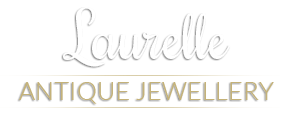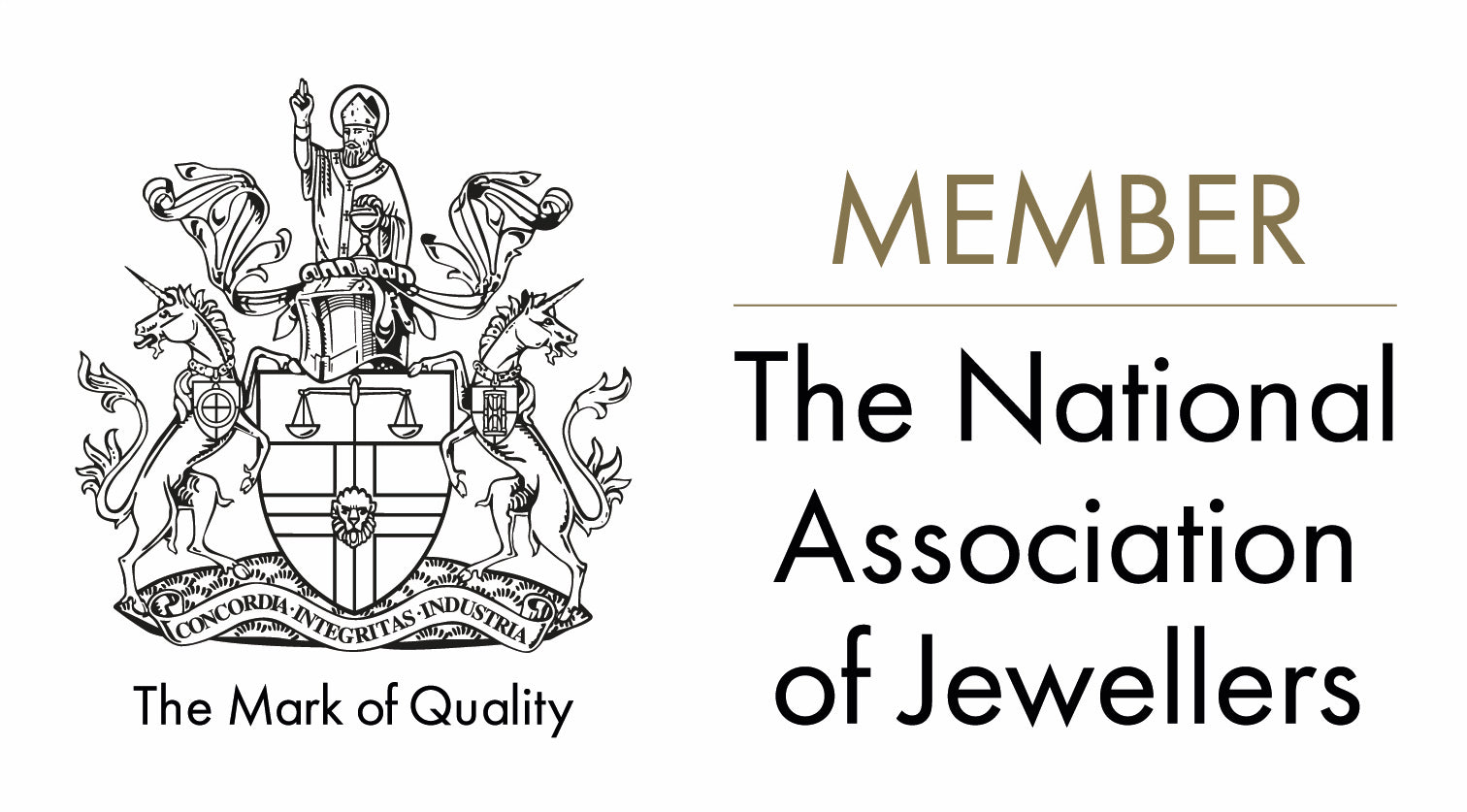A Quick History of English Antique Jewellery
Antique is a term used to describe any jewelry item which was made a hundred or more years ago. Antique jewelry predating the Georgian Period is more likely to be found in a museum than a jewelry store though, as so few examples of such exist today.
Meanwhile, this leaves some three hundred years of jewelry from which collectors and jewelry wearers and lovers can hope to explore and buy, with many of those who do so opting to purchase English antique jewelry.
Georgian
Contained within the years spanning between 1710 and 1830, all Georgian jewelry was necessarily made by hand and as such pieces were unique and often bore some evidence of their craftsmanship. The name of the period derives from the fact that four different kings all named George reigned during these years and the period is typified by three distinct styles, which were:
Rococo
When George I was king, between the years of 1714 to 1727, the style that prevailed was termed Rococo and took over from the previously favoured Baroque style. Rococo jewelry design was distinguishable for its heavily ornate and elaborate use of gold, pastel colored stones and combining the two features to denote wealth.
Gothic Revival
Gothic Revival jewelry took both its name and influence from gothic revival architecture. Consequently and in contrast to the curves and aesthetic playfulness of Rococo jewelry, Gothic Revival pieces were rigid and structured in their designs and introduced straight lines, angles and edges. Motifs such as crosses also began to be more popular and vivid colors were opted for.
Neoclassical
Neoclassical jewelry happened as a sort of fashion rebellion against the highly ornate qualities featured in and which typify and unite both the Rococo and Gothic Revival in terms of design. At this point in England and so in the jewelry worn, the desire was to reclaim purity; hence, neoclassical designs where heavily influenced by Ancient Greek patterning and Roman fashions which both made bold patterns and sober use of clean lines.
Victorian
The Victorian Era was an endlessly exciting and productive one, politically and industrially. Further, because Queen Victoria is the second longest reigning monarch in Britain and was only recently toppled by the current monarch, Elizabeth II, the period is more accurately describable as an era in which several periods occurred.
In fact, beginning in 1830 and not ending until the 1900s, the Victorian era changed how we make, buy and shop for jewelry irrevocably as during this time stamping precious metals became standard and jewelry production swapped from being handmade to being mass and machine produced.
Romantic
When a young Queen Victoria first took to the throne the prevailing fashion was described as Romantic and its jewelry reflected hope, life and love by championing nature inspired motifs such as flowers and animals. This optimism in the country at the time was compounded when Prince Albert gifted to Queen Victoria an engagement ring shaped like a serpent and bearing a vivid green emerald.
Grand
In 1861, when Prince Albert died and the Queen entered a period of mourning fashion understandably changed. The desire and fashion then was for mourning pieces which were often rings inlaid with black stones such as jet or onyx or even vulcanised rubber and black colored glass.
America too at this time adopted this English fashion for mourning jewelry due to the fact that the American Civil War was claiming many lives at the time. Meanwhile, new technologies and the ongoing industrial revolution also meant that exotic and revival elements leaked into jewelry designs; specifically Etruscan and Egyptian patterns, designs and motifs became popular.
Late
The late period saw an end to the mourning and solemnity of the Grand period and jewelry once more became far more whimsical, light-hearted in design and also colorful.
The Late Victorian period notably also saw the emergence of the Art Nouveau period in jewelry design which would overlap both the Late Victorian Period and the early Edwardian Period, and resulted in a lot of jewelry being made featuring all kinds of stones from opals to turquoise and diamonds to sapphires in many cases to bring to life the animal, insect and wistful motifs being once more celebrated and worn.
Edwardian
One of the shortest periods in English History, the Edwardian period spanned between the years of 1901 and 1910 when King Edward VII took the throne. Despite its brevity, the period was a notable one in terms of jewelry design.
Edward was a modern, cosmopolitan man who enjoyed fashion and sought instantly to put his mark on it. Further, the prosperity and wealth resulting from the industrial revolution, diamond mines discovered during the Victorian Period and oncoming of globalisation meant that much of the jewelry at the time was made sparing no expense; in fact, the most popular metals used to create Edwardian jewelry were platinum and white gold and the Gilded Age being established and enjoyed in America meant that wealthy Americans began to take an even bigger interest in English jewelry.
Stones
Along with white gold and platinum, King Edward also loved diamonds. As such, diamonds are a stone which are today particularly synonymous with the Edwardian period when more people than ever before could suddenly afford to purchase and wear them. Opals, pearls and milky stones were also fashionably worn during the Edwardian period.
Motifs
Popular Edwardian motifs included lavish tassels, bows and garlands which were featured not only in the design of rings, earrings, necklaces and brooches, but women took to wearing as part of tiaras, chokers and alongside pearls.
Tiffany & Co.
It was also during the Edwardian Period that the now world famous jewelry company Tiffany & Co. began to establish themselves and mass produced jewellery really took off. The Tiffany Company also used new technologies to device ways to cut diamonds to better showcase their brilliance. Hence, in 1914 the brilliant cut was created.
More Information
To learn more about English antique jewellery you can do so via the Victoria & Albert Museum website. Meanwhile, to view a broad selection of English antique jewellery, explore our collection here at Laurelle Antique Jewellery.


